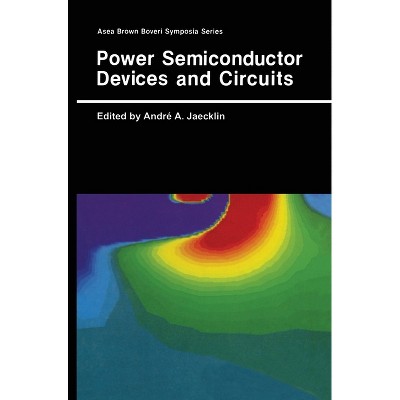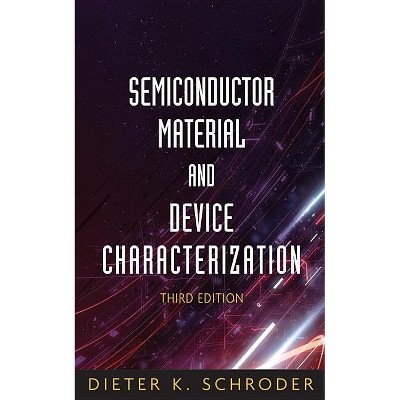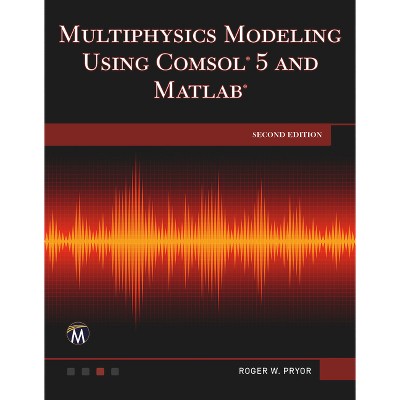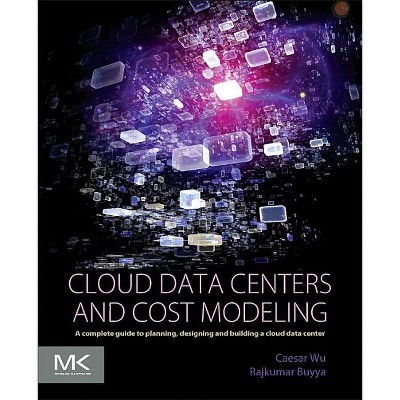Sponsored

Semiconductor Modeling: - by Roy Leventhal & Lynne Green (Hardcover)
In Stock
Sponsored
About this item
Highlights
- This book assists engineers - both recent graduates and working product designers - in designing high-speed circuits.
- Author(s): Roy Leventhal & Lynne Green
- 766 Pages
- Technology, Electrical
Description
Book Synopsis
This book assists engineers - both recent graduates and working product designers - in designing high-speed circuits. The authors apply circuit theory, circuit simulation tools, and practical experience to help the engineer understand semiconductor modeling as applied to high-speed digital designs. The emphasis is on semiconductor modeling, with PCB transmission line effects, equipment enclosure effects, and other modeling issues discussed as needed. The text addresses many practical considerations, including process variation, model accuracy, validation and verification, signal integrity, and design flow. Readers will benefit from its survey of modeling for semiconductors, packages, and interconnects, along with usable advice on how to get complex, high-speed prototypes to work on the first try.
From the Back Cover
Semiconductor Modeling: For Simulating Signal, Power, and Electromagnetic Integrity gives designers and engineers a broad view of using semiconductor models to design high-speed circuit boards. Most issues in the field of designing high-frequency circuits, from the beginning of modeling and simulation using EDA tools to future trends, are discussed and integrated.
The main technical focus of Semiconductor Modeling: For Simulating Signal, Power, and Electromagnetic Integrity is the use of simulation to help solve practical engineering problems. The book draws on over 90 years of diverse technical experience and brings together theory, tools, components, software, and experience to help engineers create successful electronic products.
This book will help engineers understand how to approach problem solving while designing high-speed circuits. In particular, it helps engineers in the following areas:
- Encountering non-existent, incomplete, and erroneous semiconductor circuit models.
- Applying EDA tools to achieve practical designs despite model limitations.
- Grasping the basic high-speed digital, RF, and EMC design concepts that guide design intent.
- Applying EDA tools to cutting-edge digital technology.
- Working with suppliers, CAD team members, and others.
- Understanding the processes and procedures that enable and enhance the design process.
The book presents the material in a manner that is helpful to circuit and product design engineers who have little or no specialized knowledge of high-speed digital design or semiconductors.
Shipping details
Return details
Frequently bought together

Trending Computers & Technology Books
















